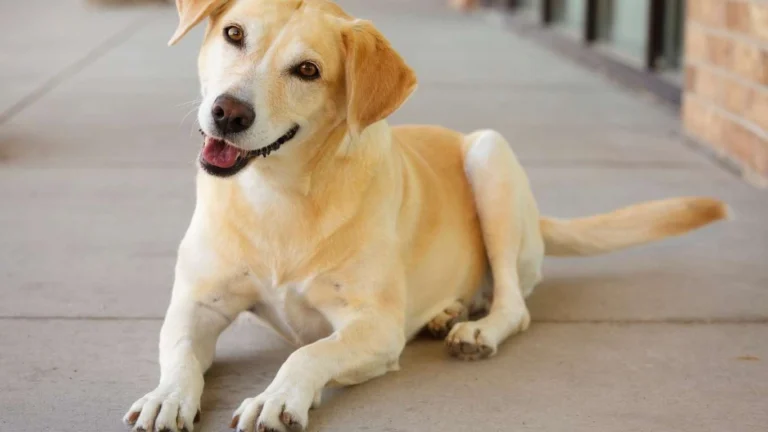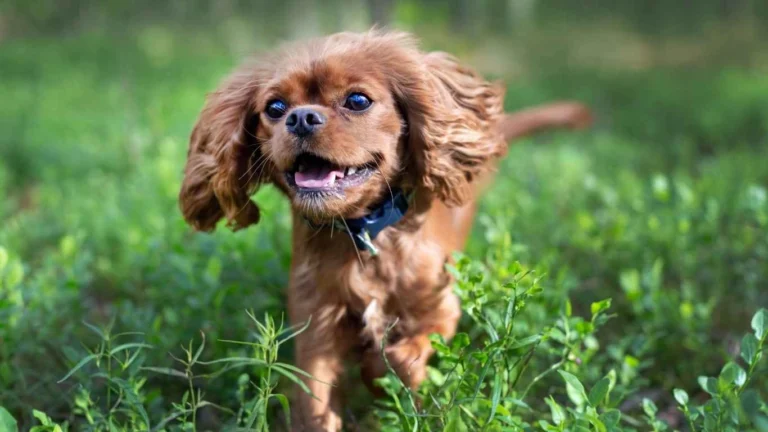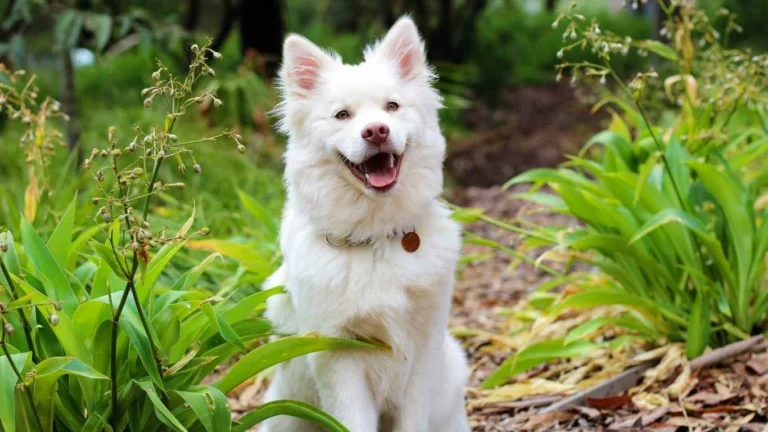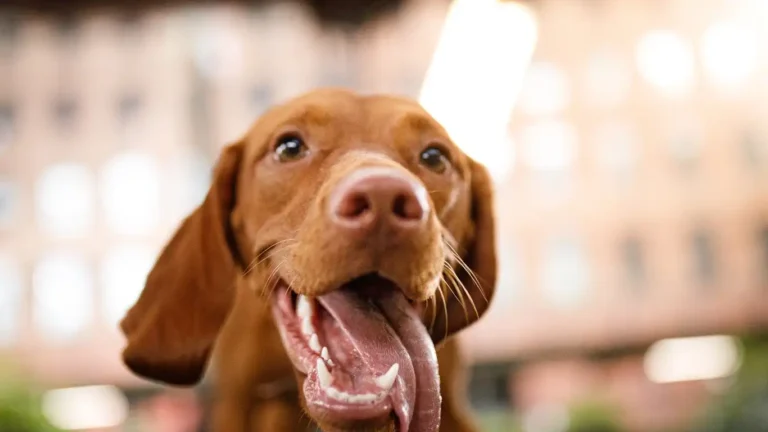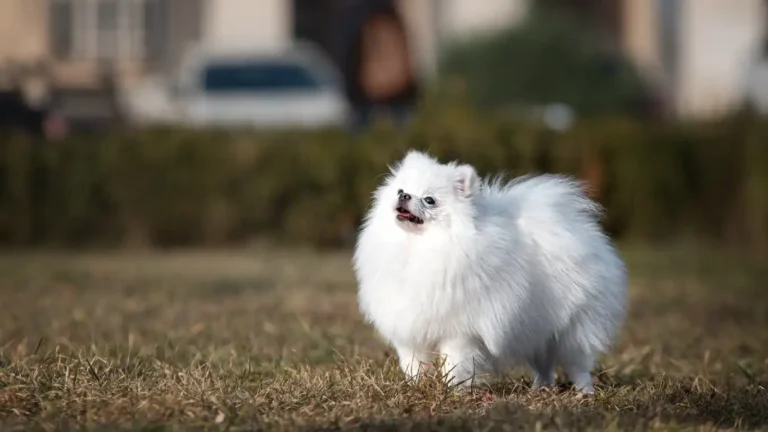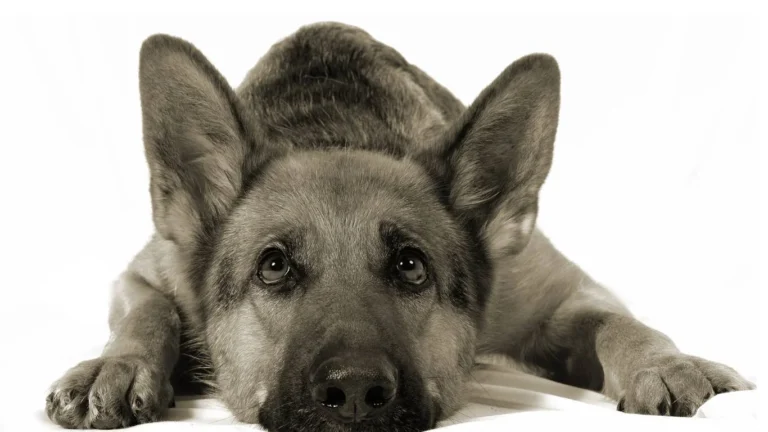Avoid These Common Grooming Mistakes That Could Harm Your Dog
Let’s be real—grooming your dog at home can be both rewarding and slightly chaotic, especially if your pup thinks the hair dryer is a demon from another dimension. As a Veterinary Technician/Nurse who’s spent years specializing in pet nutrition and health, I’ve seen more than my fair share of grooming mishaps. From over-trimming nails to using the wrong shampoo, I’ve heard the horror stories and lived a few myself. So, if you’ve ever wondered how to avoid common grooming mistakes for dogs, you’re in the right place. Let’s talk about the small (and sometimes not-so-small) things that can make a big difference in your dog’s grooming routine.
1. Starting Off Wrong: Skipping the Prep Work
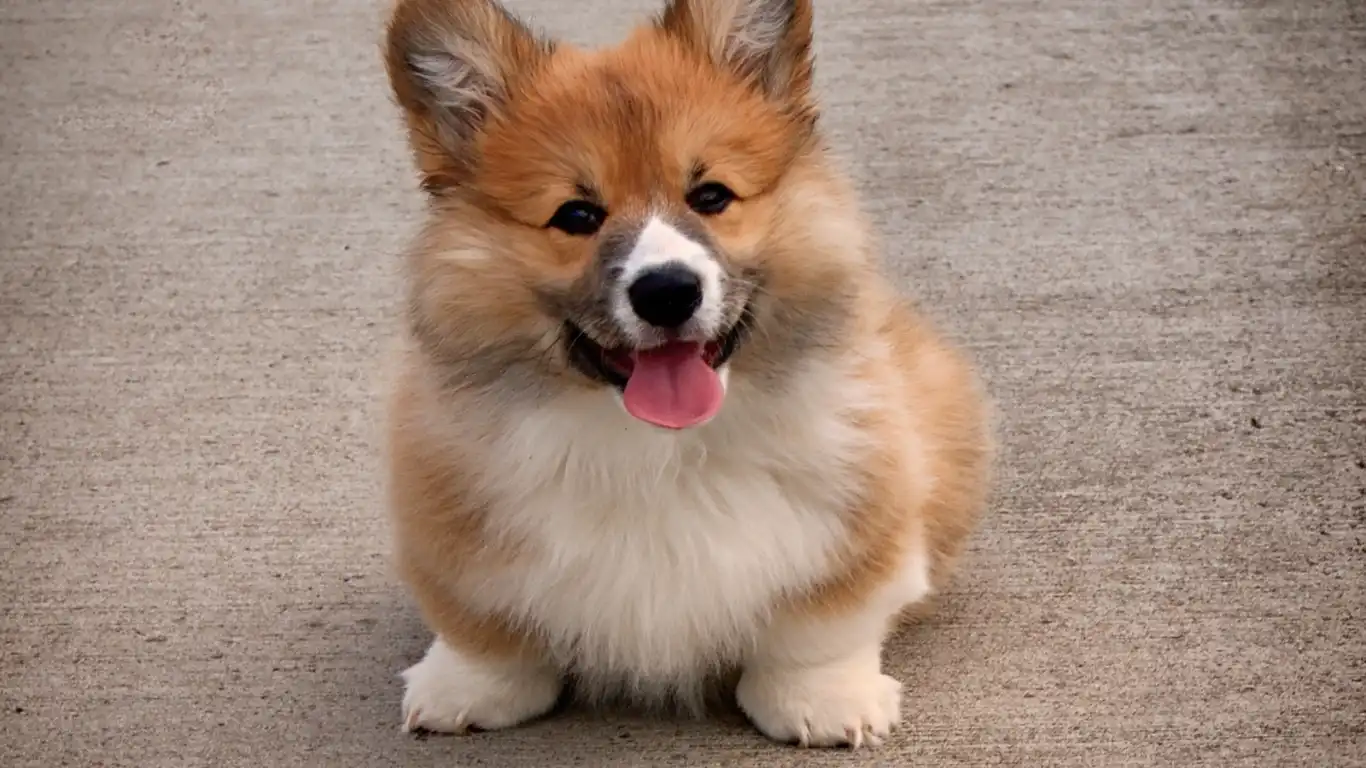
Before you even touch the clippers or reach for the shampoo, prep is everything. I can’t count how many pet parents I’ve met who skip brushing before a bath. It might seem harmless, but bathing a tangled or matted coat can actually make things worse—knots tighten, mats clump up, and drying becomes a nightmare.
Pro Tip from the Clinic: I once had a sweet Golden Retriever come in with matted fur so bad after a bath, we had to shave down to the skin in some areas. If you brush before bathing, you’ll not only make the wash more effective but also help your dog stay comfy.
Brush Before You Bathe
- Use the right brush type for your dog’s coat (slicker brushes for curly coats, bristle for short hair, etc.)
- Check for debris, tangles, or fleas while brushing
- Take your time—make it a positive bonding experience
2. The Wrong Tools for the Job

Using human tools for dog grooming? Big nope. That’s like using kitchen scissors to trim your bangs—you technically *can*, but you really, really shouldn’t. One of the most frequent slip-ups I see in my work is pet parents using dull blades, low-power trimmers, or even human shampoo. Not only do these tools fail at the job, they can also hurt your pup’s skin and coat health.
Invest in Pet-Specific Products
- Dog-specific shampoo: Human shampoos can throw off your dog’s skin pH and cause irritation.
- Nail clippers or grinders: Designed with safety guards to prevent over-clipping.
- Clippers: Look for low-heat, low-noise options—especially for anxious dogs.
And if your dog is a nervous nellie during grooming? Try using grooming wipes or waterless shampoo between full washes. I’ve recommended that to a lot of my clients and it’s a game changer for keeping things manageable between grooming sessions.
3. Nail Trims: The Most Feared Task
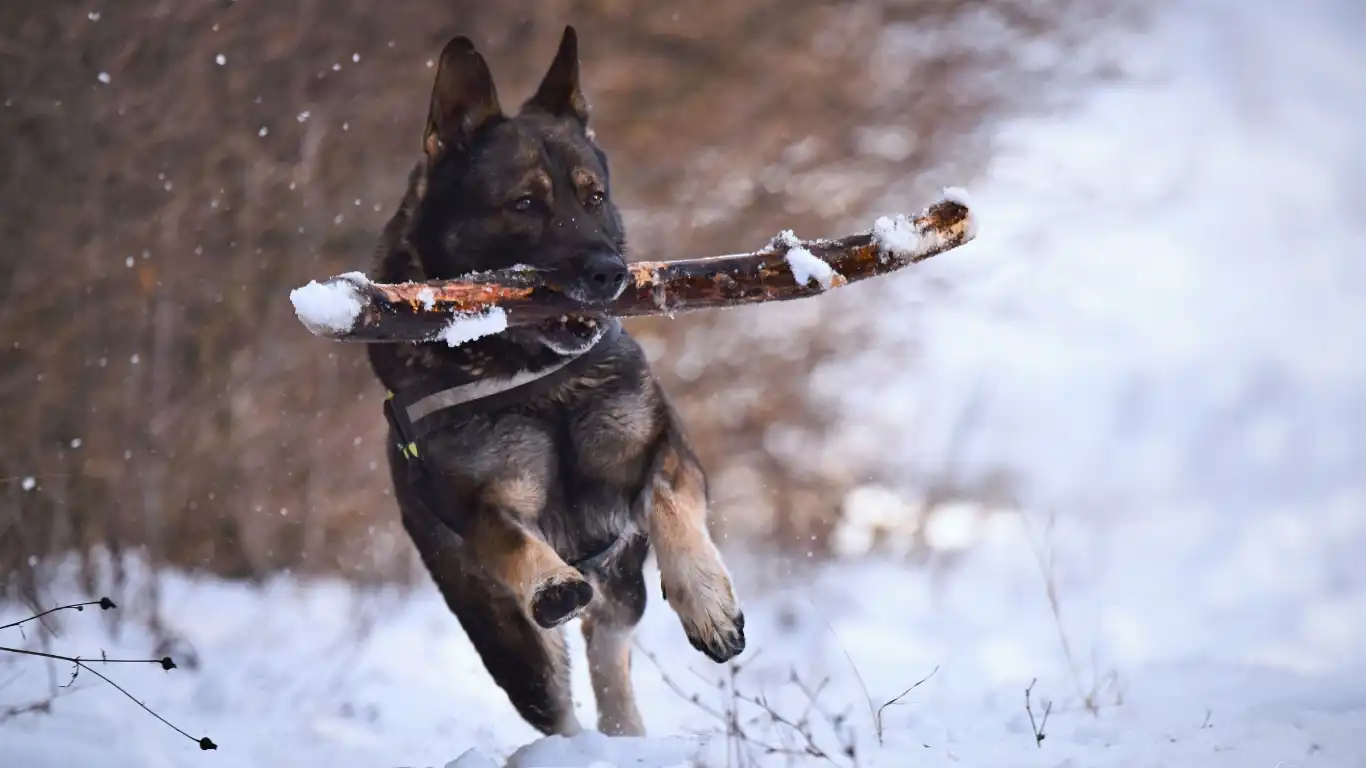
Oh, nail trimming. If I had a dollar for every time a client told me they were too scared to trim their dog’s nails, I’d probably have a cozy little dog ranch by now. Trust me, you’re not alone. The fear of hitting the quick (that sensitive part inside the nail) is real, and yes—it bleeds. But with the right approach, it doesn’t have to be traumatic for either of you.
How to Trim Nails Without the Drama
- Get your pup used to paw handling early—even just massaging their feet during cuddle time helps
- Trim a tiny bit at a time, especially on dark nails where the quick isn’t visible
- Keep styptic powder nearby—just in case
- Reward generously—treats, praise, belly rubs, the works
I had a senior dachshund patient who used to tremble at the sight of clippers. We started slow, paired every session with cheese (her favorite), and within a few weeks, she was letting us trim her nails without flinching. Patience really pays off.
4. Forgetting the Ears and Eyes
This one flies under the radar a lot. Ears and eyes are sensitive zones, and while they might not need grooming every single time, ignoring them completely can lead to some not-so-fun vet visits. I’ve seen far too many cases of ear infections caused by trapped moisture or leftover soap.
Quick Grooming Checks You Shouldn’t Skip
- Ears: Wipe gently with a vet-approved solution—never go digging inside the canal
- Eyes: Use a soft, damp cloth to remove crust or tear stains
- Face folds (for flat-faced breeds): Clean and dry regularly to prevent yeast buildup
Especially for breeds like Pugs, Bulldogs, or Cocker Spaniels, those areas need some extra TLC. A client of mine had a Cavalier King Charles Spaniel who constantly battled eye goop until we added a simple daily wipe into his grooming routine. Total game changer.
5. Drying Mistakes That Can Lead to Skin Issues
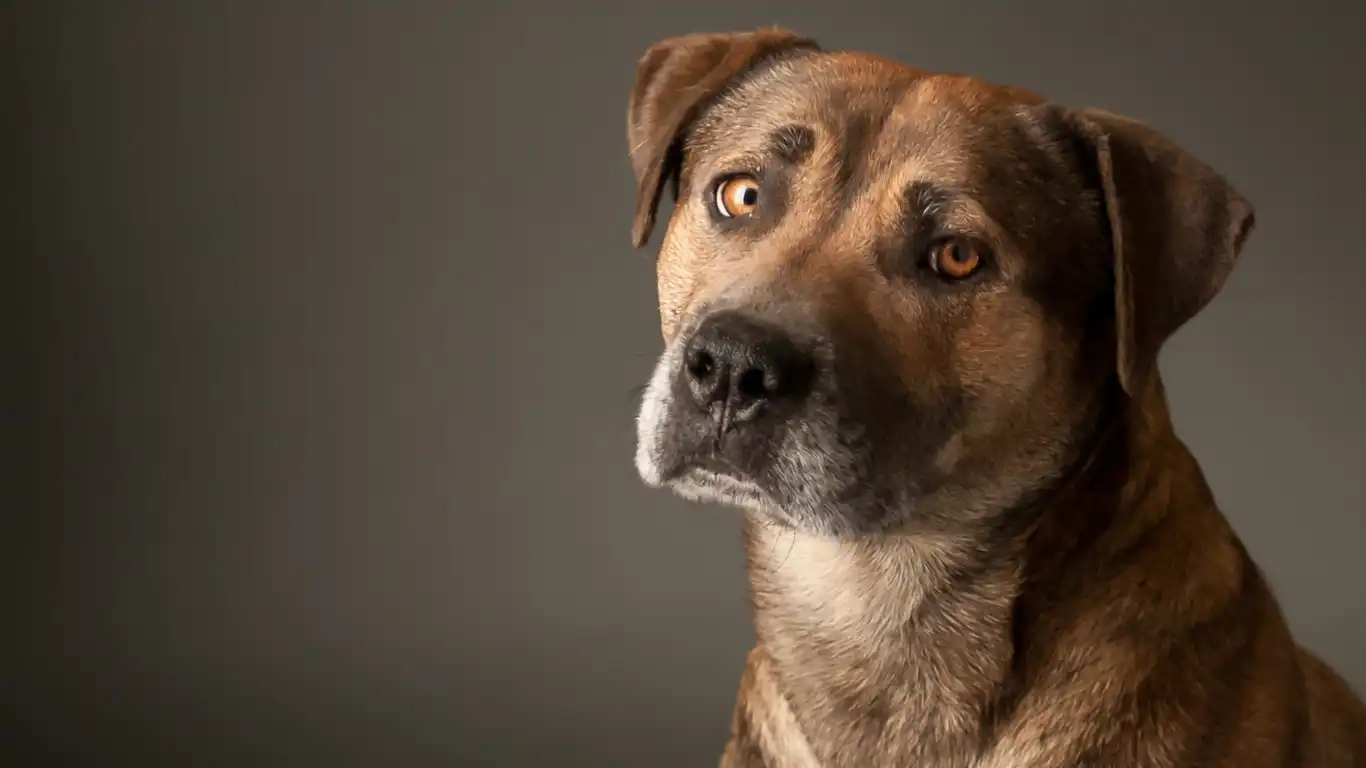
Let’s talk about drying—probably one of the most overlooked parts of the whole grooming process. After the bath, a quick towel rub might feel like enough, but leaving your dog damp (especially in thicker coats or skin folds) can actually lead to irritation, hot spots, and even fungal infections.
Trust me, I’ve seen it firsthand. One of my clients, a super sweet husky mix, came in with a nasty rash on her belly. Turns out, moisture was getting trapped under her thick coat after baths and wasn’t being dried out properly. A simple shift in her post-bath routine made all the difference.
How to Dry Your Dog Properly
- Start with a super absorbent towel: Microfiber towels work wonders for soaking up extra moisture.
- Use a pet-safe dryer: Never use hot air—cool or low-heat settings only. And avoid high-pitched, loud models if your dog is anxious.
- Pay attention to hidden spots: Like armpits, under the ears, and between the toes.
Oh, and for the double-coated breeds like Malamutes or Shelties? Air drying alone usually won’t cut it. That thick undercoat traps moisture like crazy. I always recommend a grooming dryer with a good force to get all the way down to the skin (just be gentle!).
6. Overdoing It: Too Much Grooming Isn’t Always Better
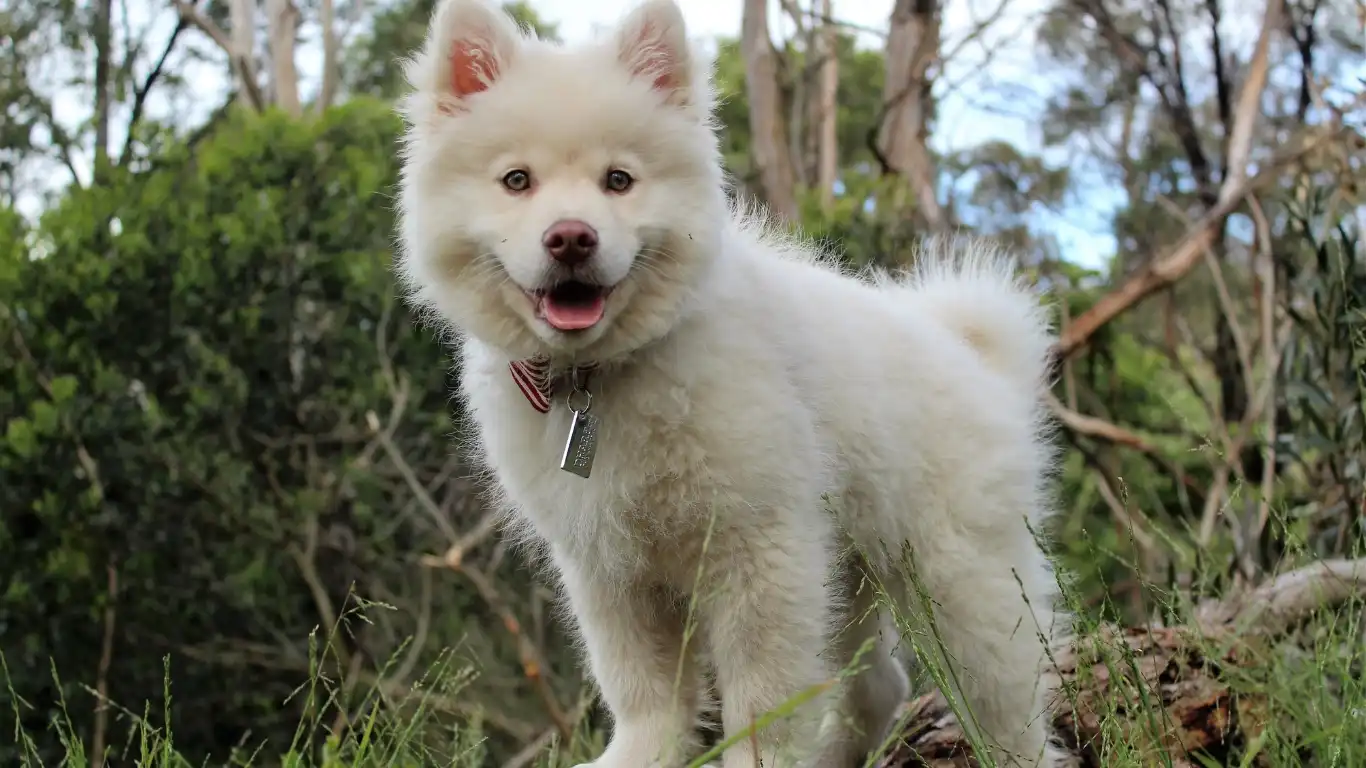
Here’s something I wish more dog parents knew: more grooming doesn’t always mean better results. In fact, overbathing or overbrushing can mess with your dog’s natural skin oils and even cause irritation.
I remember a case where a lovely young Lab came in with flaky skin and patches of missing fur. The owner—bless her heart—was bathing him twice a week because she thought it kept him “extra clean.” What she didn’t realize was that all that washing stripped away the protective oils from his skin. Once we spaced out his baths and added a nourishing omega-3 supplement to his diet, his coat bounced back like magic.
So, How Often Should You Groom?
- Baths: Typically once a month, unless your vet recommends otherwise.
- Brushing: Depends on the breed—daily for long-haired dogs, weekly for short-haired pups.
- Nails: Trim every 3-4 weeks or as needed.
As a general rule, watch your dog’s skin and coat. If things look dry, flaky, or irritated, it’s time to reevaluate your grooming schedule or products.
7. Forgetting That Nutrition Plays a Role in Grooming
Okay, you know I had to throw this in—nutrition is just as important as what you do on the outside. I’ve specialized in pet nutrition for years, and let me tell you, a dog with a poor diet will always struggle with skin and coat health. Even if you’re nailing every grooming step, a lack of the right nutrients can leave your dog’s coat dull, dry, or prone to shedding.
What to Feed for a Healthy Coat
- Omega-3 and 6 fatty acids: Found in fish oils and some high-quality commercial diets.
- Protein: Essential for coat strength and regeneration—make sure it’s high-quality and digestible.
- Biotin and Zinc: Often added in skin & coat supplements—great for dogs with sensitive or allergy-prone skin.
If you’re not sure what your dog’s diet is missing, ask your vet or veterinary nutritionist. I’ve helped pet parents adjust feeding plans countless times, and more often than not, they start seeing improvement in just a few weeks. Grooming starts from the inside out!
Final Thoughts: Keep It Real and Keep It Consistent
Grooming your dog doesn’t need to be complicated, but it does need to be thoughtful. You’re not just aiming for a cute Instagram-worthy look—you’re supporting your pup’s health, comfort, and confidence. Whether you’re a grooming newbie or a seasoned pro, learning how to avoid common grooming mistakes for dogs is all about paying attention to the details, listening to your dog’s body language, and—yes—making peace with the occasional mess.
And hey, don’t be afraid to ask for help. If something feels off, or you’re unsure about a technique or product, check in with your groomer or vet. Trust me, we’d much rather answer your “weird” grooming questions early on than see a preventable issue turn into a painful problem down the road.
Resources & References
Disclaimer
This article is based on my professional experience as a Veterinary Technician/Nurse and is intended for informational purposes only. Always consult your veterinarian before making changes to your pet’s grooming or health routine.
#LNF
